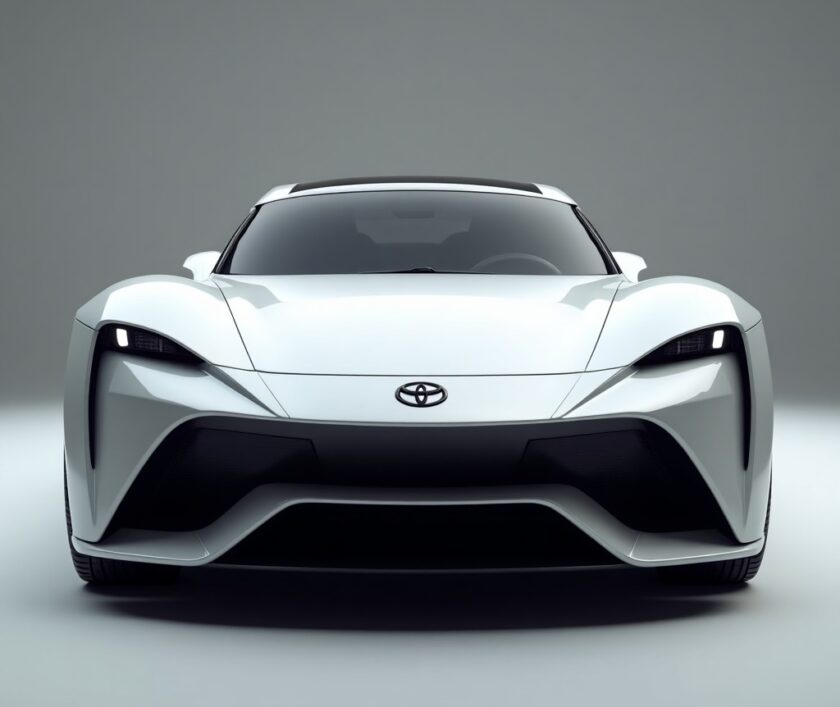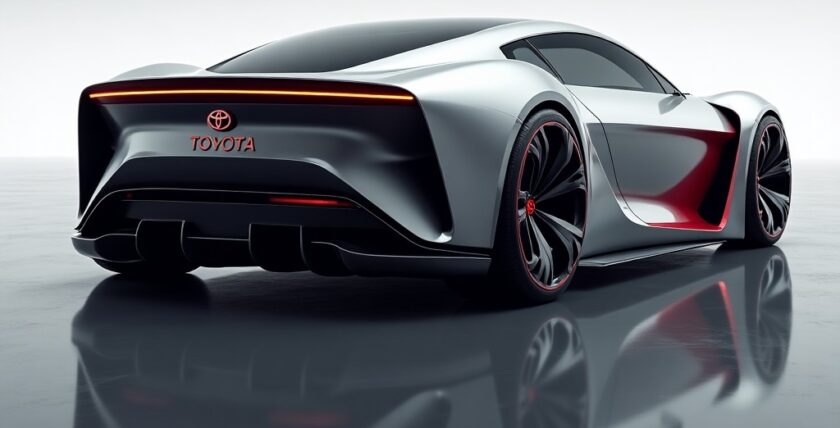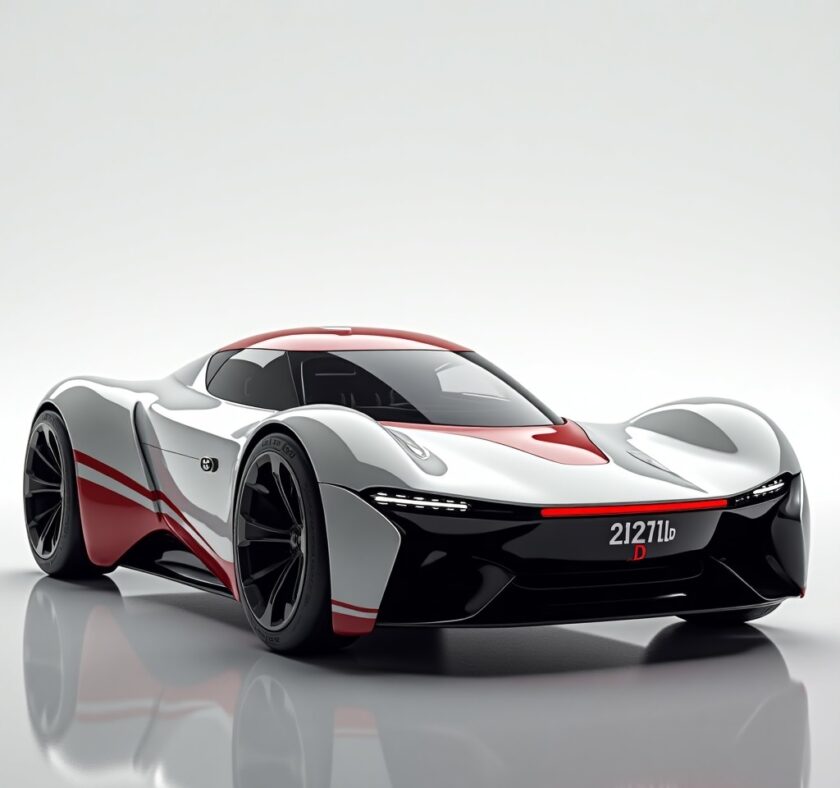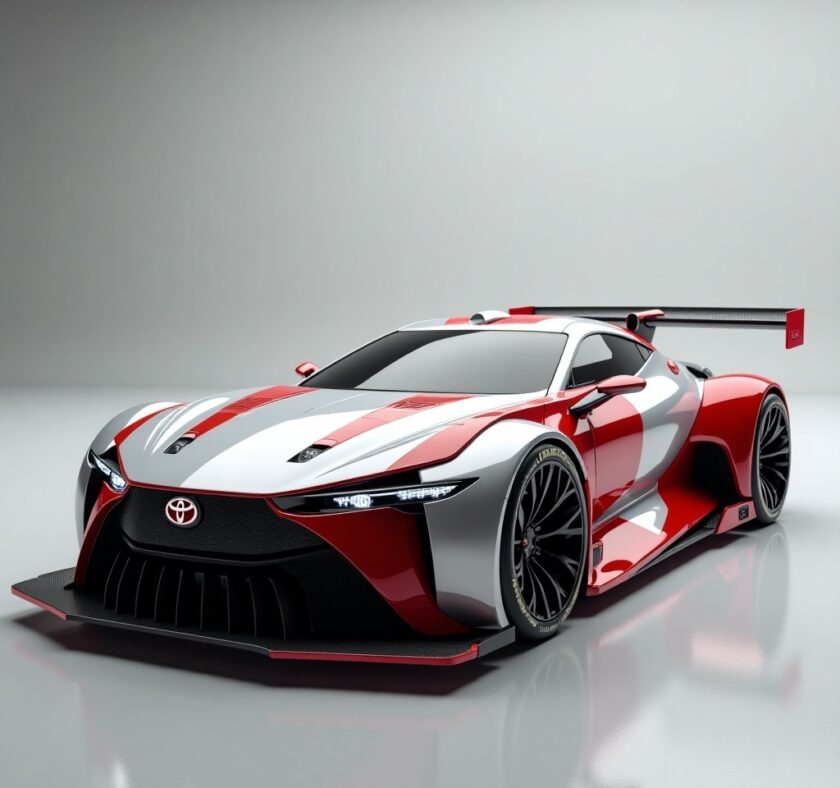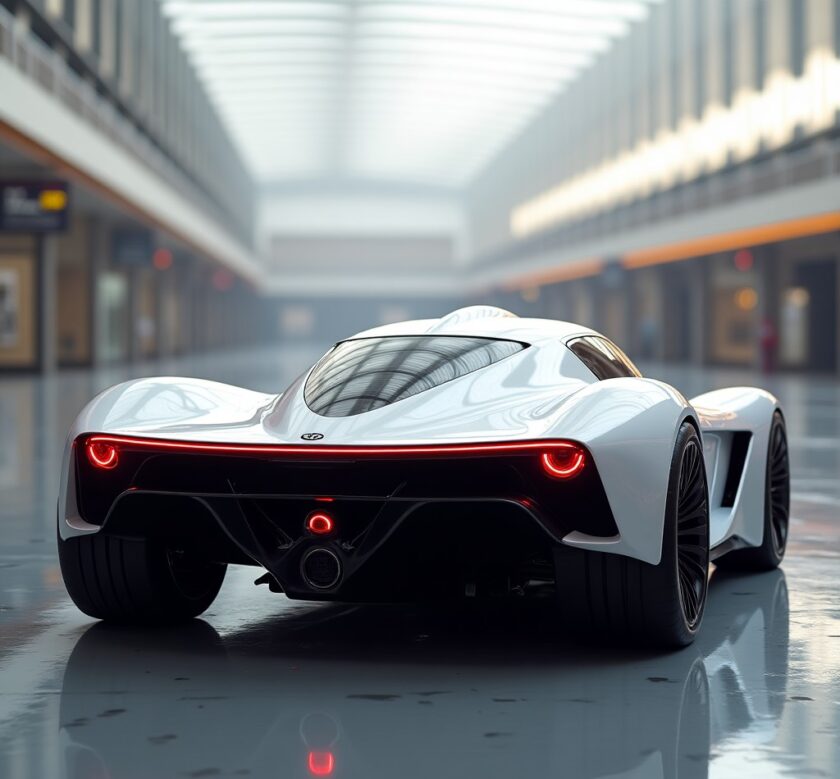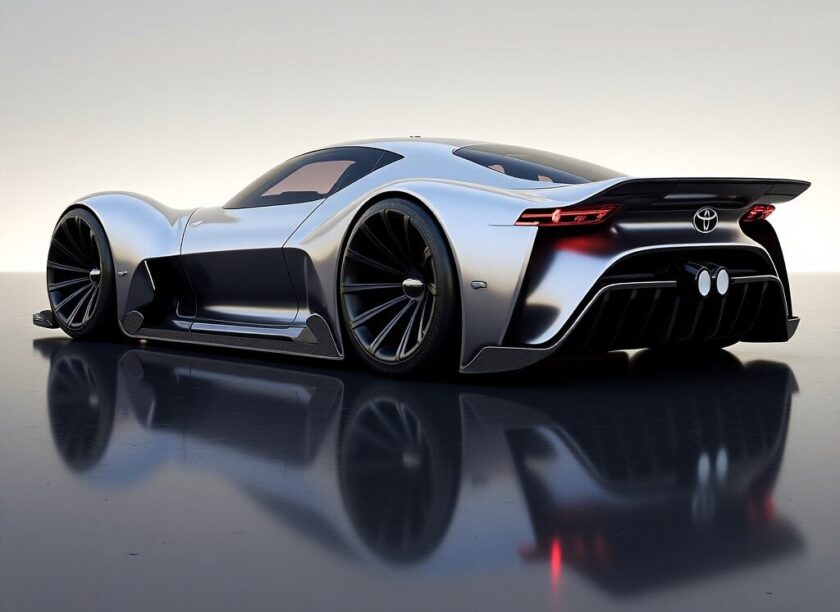
In the mid-1980s, Group B rallying was at its peak, with powerful cars featuring extraordinary specifications competing on the world’s most challenging tracks. During this time, Toyota, still not a dominant force in the rally world, decided to embark on the ambitious task of developing its own supercar for Group B. The goal was clear: to create a car that could compete with the giants of the category, such as the Lancia Delta S4, Audi Sport Quattro, and Peugeot 205 T16. The base for this project was the Toyota MR2, a mid-engined sports car that would later form the foundation for the creation of the unique Toyota 222D.
This was not just a modified version of the MR2, but a completely new machine. Toyota’s engineers redesigned the chassis, reconfiguring it to accommodate more powerful components. All-wheel drive was added, making the car competitive on Group B tracks. The engine, located behind the driver, was significantly more powerful, allowing the 222D to become one of the fastest cars of its time. It had everything needed for victory: a powerful engine, extremely lightweight construction, and cutting-edge technology. The car looked aggressive, with wide fenders, large air intakes, and a massive rear spoiler. However, despite all the ambition and near-completion of the project, Toyota never had the opportunity to put the 222D on the track.
In 1986, after several fatal accidents, the FIA decided to shut down Group B, bringing all projects of this category to an end. Toyota, which had nearly finished working on its car, found itself in a situation where the 222D lost its relevance. The company decided to halt all work on the 222D, and most prototypes were either destroyed or locked away in corporate archives. However, a few examples of the 222D have survived and can still be found in Toyota’s museums.
Perhaps if it weren’t for the closure of Group B, Toyota 222D could have become one of the most famous and powerful cars of its time. Yet, the story of this automotive legend remains untold.
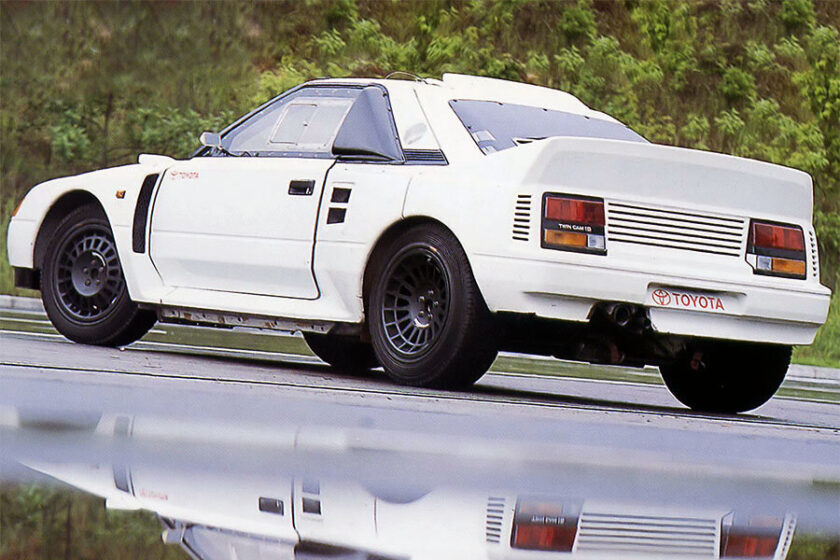
Toyota 222D specifications:
-
Power: 600 hp
-
Acceleration: 0-100 km/h in 3 seconds.
-
Top Speed: 220 km/h (approx.).
-
Engine: 2.1-liter turbocharged 4-cylinder engine.
-
Range: Since the vehicle was a prototype, exact range data is not available, but it was sufficient for short rally stages.
-
Dimensions: Exact dimensions are not widely documented due to its prototype nature, but approximately: length – 3.9 m, width – 1.8 m, height – 1.2 m.
-
Technologies: All-wheel drive, mid-mounted engine, double wishbone front suspension, and five-link independent rear suspension.
-
Additional Features: As a prototype for rally competitions, the car was equipped with advanced components, including aerodynamic elements to reduce weight and enhance maneuverability.
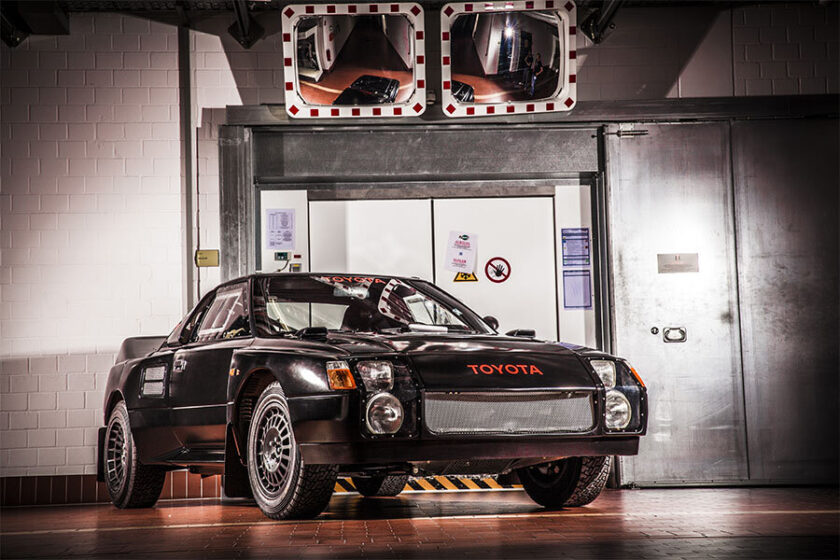
5 most interesting facts about the Toyota 222D:
- Toyota developed this project in secrecy, even from its own racing division – engineers worked on the 222D in deep secrecy, and even Toyota Team Europe (TTE) was unaware of its existence until the car was nearly finished.
- From 600 to 750 hp – but the real power remains unknown – there are no official specifications, but rumors suggest that the 222D could produce up to 750 hp, making it one of the most powerful rally cars of its time, even compared to the Lancia Delta S4.
- Toyota destroyed most of the prototypes – after Group B and Group S were canceled, nearly all 222D units were scrapped to prevent them from falling into private hands. Only two known examples remain, one of which is stored in the Toyota museum.
- The 222D could have competed in the ultra-secret Group S – when Group B was shut down, the FIA began testing an even more extreme category: Group S, with cars capable of 1,000 hp. 222D was one of the potential competitors, but this category was also quickly banned.
- It’s one of the most mysterious Toyota models ever – due to its secretive nature and the destruction of most units, very little is known about the 222D. Nearly all photos and technical details only surfaced decades later when enthusiasts discovered the car in Toyota’s archives.
222D is a true “lost samurai” of Toyota, a car that was never given the chance to shine on the track.
Read too: Cadillac Sixteen history: American dream on 16 cylinders
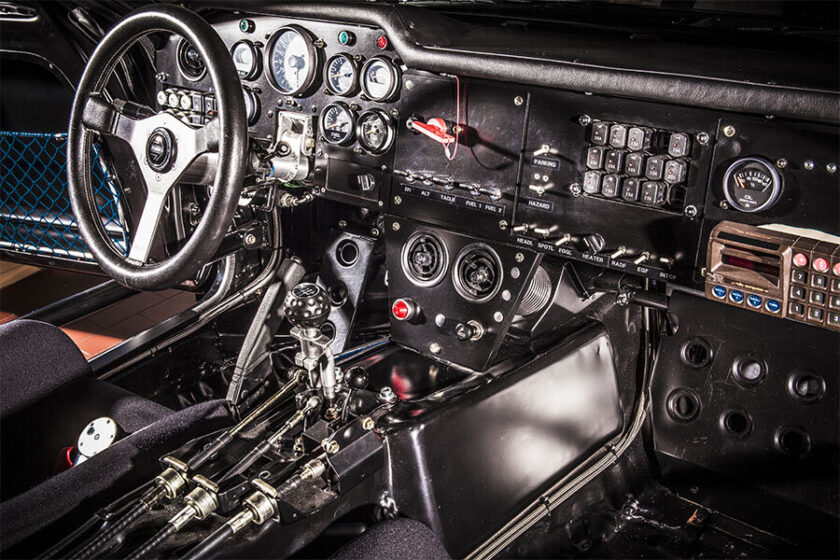
4 lost or hidden Toyota race cars that could have changed motorsport history:
1. Toyota 7 Turbo (1969)
– A brutal Can-Am monster powered by a 5.0L twin-turbo V8 producing 800+ hp.
– Toyota wanted to challenge McLaren, but after a test driver died in a crash, the entire project was shut down and destroyed.
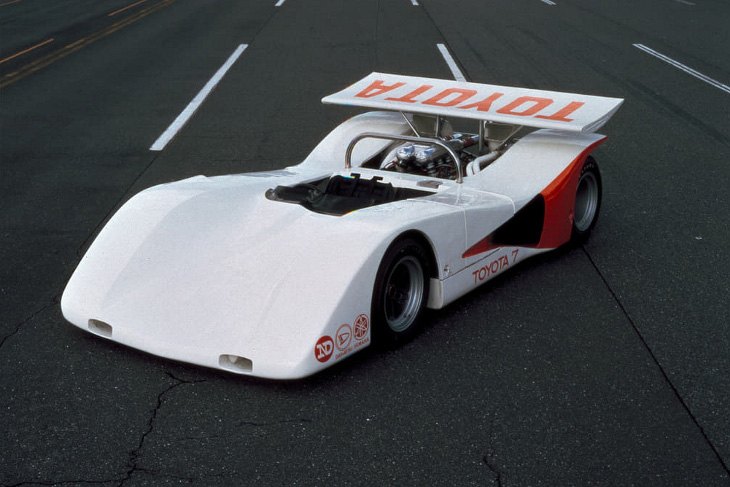
2. Toyota EX-7 (1970)
– A futuristic supercar concept, designed to rival the Lamborghini Countach, featuring a 5.0L V8 from the Toyota 7.
– Although it was a fully functional prototype, Toyota never dared to put it into production.
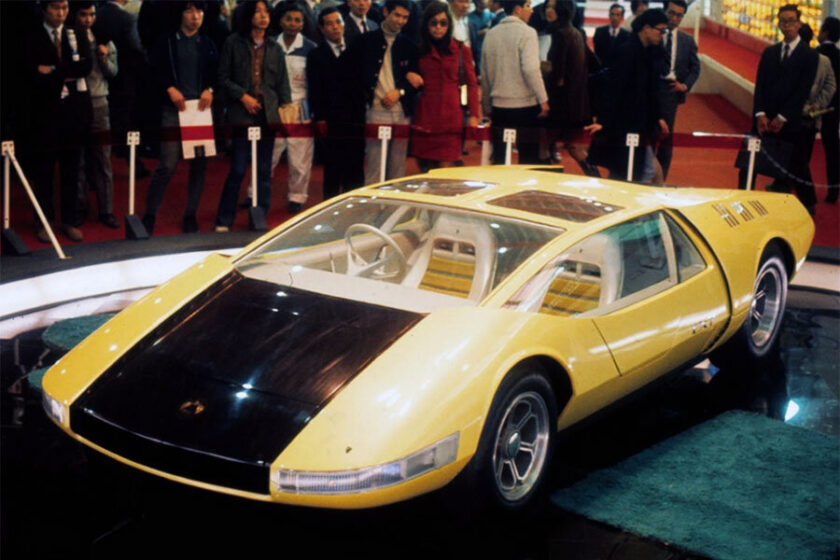
3. Toyota Celica GT-Four IMSA GTO (1992)
– A highly modified Celica GT-Four, built for the IMSA GTO series in the US.
– It featured a 2.1L turbo engine that could produce up to 900 hp.
– It won the 1992 IMSA championship, but Toyota suddenly ended the project, and most of the cars were dismantled.
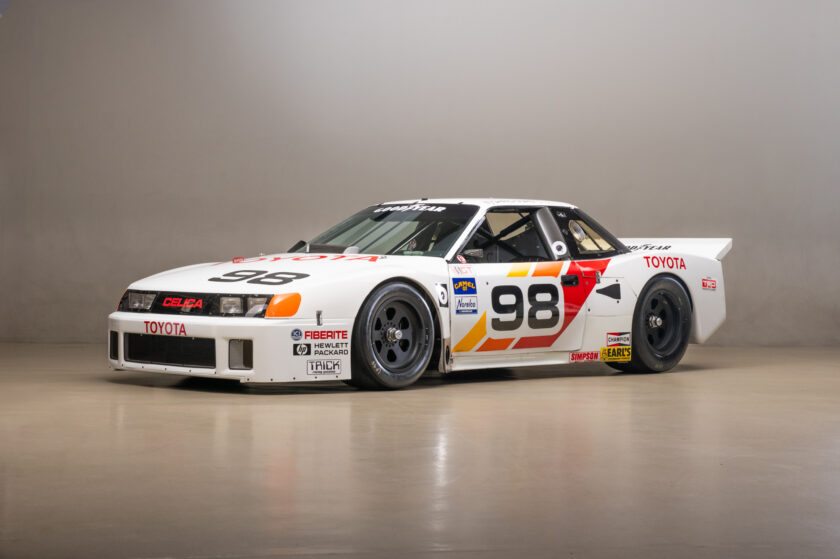
4. Toyota GT-One (TS020) Road Version (1998)
– The Toyota GT-One was so fast that it was almost banned from Le Mans.
– To meet homologation rules, Toyota built two road-legal versions – but after abandoning the project, they disappeared.
– Rumors suggest that a single surviving GT-One Road Version is stored at Toyota’s facility, but the company has never confirmed this.
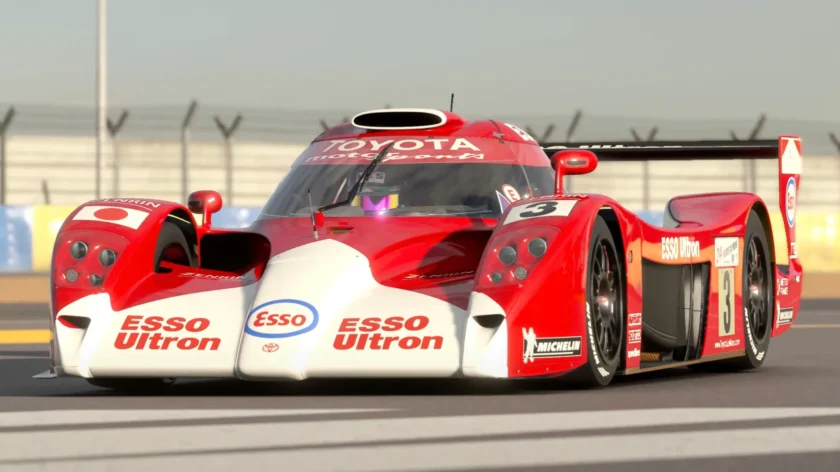
These cars reveal a different side of Toyota – a company that could have built Ferrari and McLaren rivals but often destroyed its own ambitions along with the cars themselves.
Read too: The story of Cadillac NART Zagato: When american power met Italian style
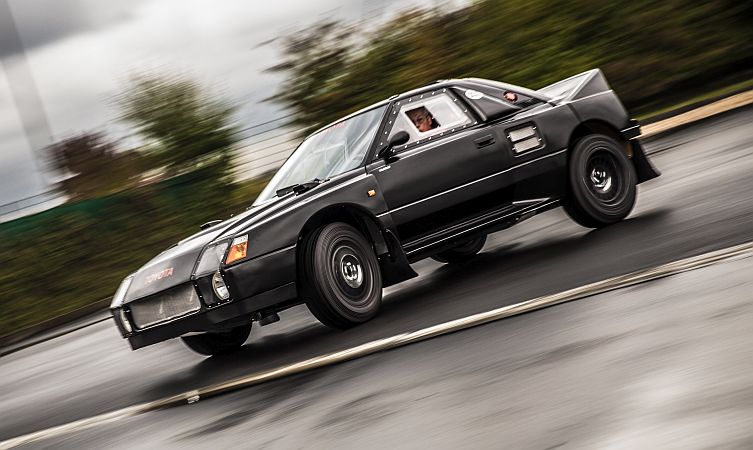
Could Toyota Have Created Their Own Rally Supercar Like the Porsche 959?
Why is it interesting?
Toyota 222D was created for Group S, and its specs could impress any car enthusiast: over 600 hp, a mid-engine layout, all-wheel drive — all pointing to immense power and potential. However, after the cancellation of Group S, Toyota decided to destroy the project.
Meanwhile, Porsche was creating the 959, a rally supercar that would later become the first production car with all-wheel drive and a turbocharged engine. 959 revolutionized not only sports cars but also the entire world — it became a symbol of innovation. However, unlike Toyota, Porsche didn’t destroy its creation and based a production model on it, which became a legend in the automotive world.
What if Toyota had gone down this path?
What if Toyota had decided to create a production car based on the 222D, just like Porsche did with the 959? If the 222D had gone into production, it would have been an incredibly powerful supercar, blending race technologies with street car performance. Toyota could have not only been a giant in mass car production but also a leader in the rally supercar segment.
Missed Opportunities
This topic opens up the question of how the history of the automotive industry could have changed if Toyota hadn’t abandoned the 222D. We might have seen not just the GR Yaris, but an entirely revolutionary line of Toyota supercars. Such a car could have easily competed with Ferrari or Lamborghini, becoming the epitome of Japanese engineering excellence on the road and in motorsports.
Answering the question of what if Toyota had followed Porsche’s path and turned the 222D into a production car, we can only speculate how it could have altered the course of automotive history.
Read too: New Renault Twingo 2025: Style and technology in a compact package
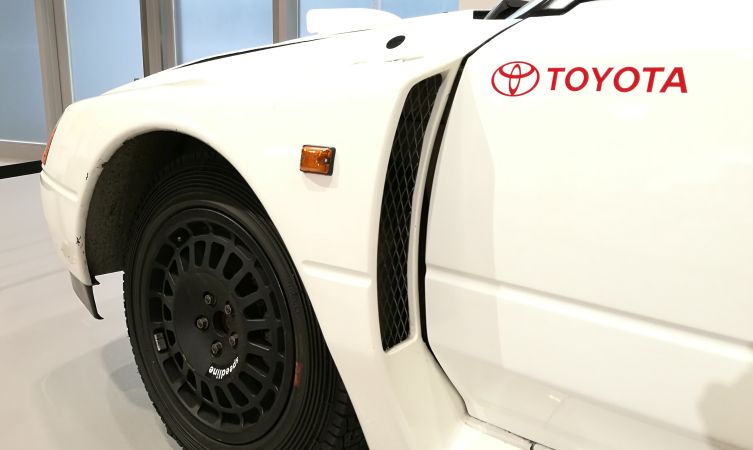
Conclusion:
Toyota 222D, although only a prototype, remains one of the most fascinating and ambiguous projects in the history of Japanese automotive engineering. Its innovative technologies, such as turbocharging, all-wheel drive, and aerodynamic solutions, could have opened new horizons for sports cars had this vehicle entered production. The loss of this project not only deprived us of the opportunity to see a strong competitor to models like Porsche 959, but also left us questioning Toyota’s potential in the supercar segment.
The decision to destroy the prototypes raises many questions about the company’s strategy at the time, and serves as a reminder that even automotive giants can miss opportunities for groundbreaking innovations that could reshape the industry. However, even without this model, Toyota’s automotive legacy continues to evolve through new models like the GR Yaris, which inherited some ideas from the 222D.
Perhaps the Toyota 222D will remain in history as untapped potential, but its concepts and technologies pointed the way forward for what the company could have achieved had this supercar become a reality.
Read too: Mazda Autozam AZ-1: The Japanese phenomenon of the 90s
New Toyota 222d by AI:
Future Classics: 7/10
Brand Recognition: 7/10
Design Modernity: 9/10
CarsCorn Score: 7.7/10
